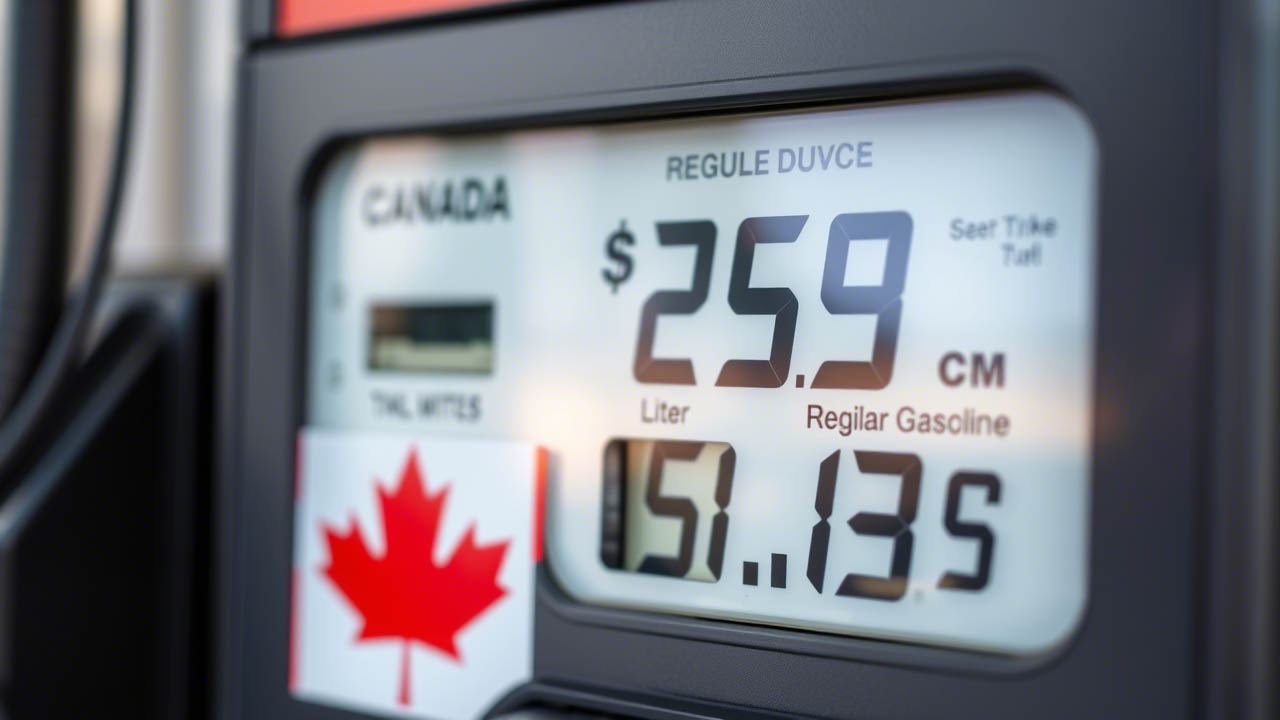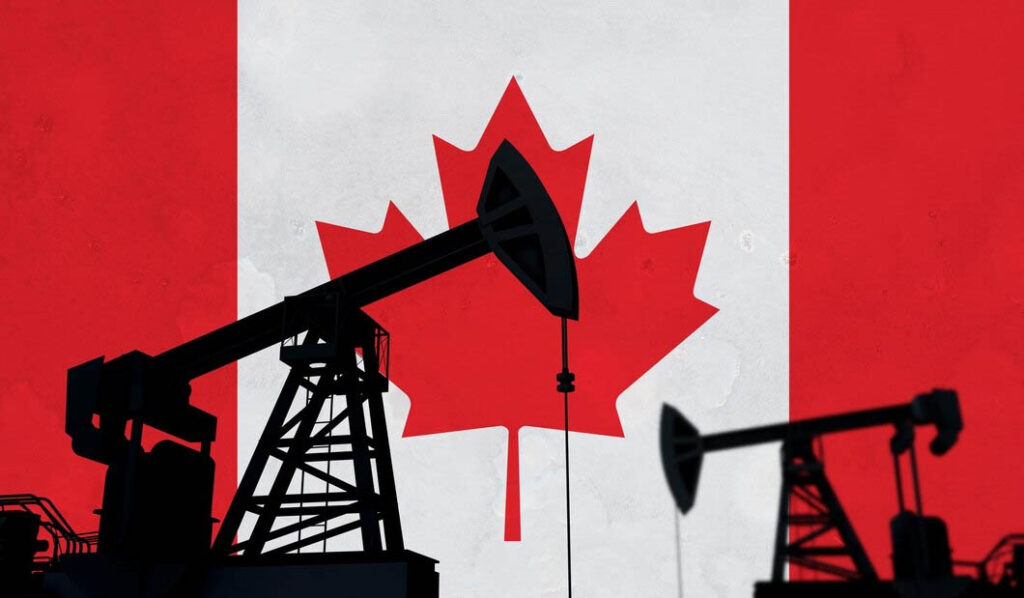Physical Address
304 North Cardinal St.
Dorchester Center, MA 02124
Physical Address
304 North Cardinal St.
Dorchester Center, MA 02124

Have you ever driven across the Canadian border and felt utterly confused by the gas price signs? You’re not alone. For many visitors, newcomers, and even some Canadians, understanding how to read Canadian gas prices can initially seem like deciphering a foreign language. The display of 157.9 or 163.4 at gas stations often leaves people wondering what these numbers actually mean and how they translate to the cost of filling up their tanks.
This confusion stems largely from Canada’s use of the metric system and a unique pricing display method that differs significantly from what you might be used to in the United States or elsewhere. Learning how to read Canadian gas prices isn’t just about convenience—it’s essential knowledge for budgeting your travel expenses and making informed decisions at the pump.
The fundamental difference when learning how to read Canadian gas prices is understanding that Canada sells fuel by the litre, not by the gallon. This metric measurement is used throughout the country, aligning with Canada’s official adoption of the metric system in the 1970s.
To put this in perspective:
This means that when comparing Canadian prices with American ones, you need to multiply the Canadian per-litre price by about 3.8 to get an equivalent per-gallon price. For example, if gas costs $1.50 per litre in Canada, the equivalent price would be approximately $5.70 per US gallon.
Understanding this fundamental difference is crucial when learning how to read Canadian gas prices. When travelers from the US see Canadian prices, they might initially think they’re getting a bargain until they realize they’re paying for a smaller volume of fuel. Similarly, Canadians traveling to the US might be shocked by what appears to be exorbitant prices until they realize they’re getting nearly four times the volume.

When learning how to read Canadian gas prices, you’ll notice that prices are typically displayed as cents per litre. For example, a sign showing “157.9” means 157.9 cents per litre, which translates to $1.579 per litre.
The decimal point is crucial here. While the price is expressed in cents, you’ll need to convert it to dollars when calculating your total cost. This is why how to read Canadian gas prices correctly is essential for proper budgeting.
You might wonder why Canadian gas prices almost always end in “.9” cents. This pricing strategy, known as “fractional pricing” or “psychological pricing,” is a marketing tactic used worldwide. It makes the price appear slightly lower than it actually is—157.9 cents feels less than 158 cents, even though the difference is minimal.
When mastering how to read Canadian gas prices, remember that this .9 cent is always included in your final cost, so don’t be surprised when your total is slightly higher than your initial mental calculation.
One of the first things you’ll notice when learning how to read Canadian gas prices is that they vary significantly across provinces and even between neighboring cities. This regional variation stems from several factors:
A significant portion of what you pay when learning how to read Canadian gas prices goes toward various taxes:
Understanding these components is essential to fully comprehend how to read Canadian gas prices and why they fluctuate.
In today’s digital age, learning how to read Canadian gas prices goes beyond understanding the numbers on the sign—it involves using technology to find the best deals. Several tools can help you compare prices and save money:
Knowing how to read Canadian gas prices also means understanding price cycles. Gas prices often follow predictable patterns:
By monitoring these patterns, you can optimize when you fill up and potentially save significant money over time.
For those new to Canada, understanding how to read Canadian gas prices is just the beginning. Here are some practical tips for the gas station experience:
When mastering how to read Canadian gas prices, remember that practices can vary between provinces:
Mastering how to read Canadian gas prices is an essential skill for anyone living in or visiting Canada. While the cents-per-litre display and various regional factors might initially seem confusing, understanding these elements can help you budget more effectively and potentially save money at the pump.
From recognizing that “157.9” means $1.579 per litre to understanding the impact of provincial taxes on final prices, knowing how to read Canadian gas prices empowers you to make informed decisions. With the tools and knowledge provided in this guide, you can navigate the Canadian gas market with confidence.
Take advantage of price comparison apps, be mindful of regional differences, and remember the timing tips to maximize your savings. Whether you’re a new driver, recent immigrant, or tourist exploring Canada’s beautiful landscapes, understanding how gas is priced will make your Canadian driving experience much smoother.
Now that you know how to read Canadian gas prices, you’re ready to hit the road with confidence and financial awareness. Happy driving!